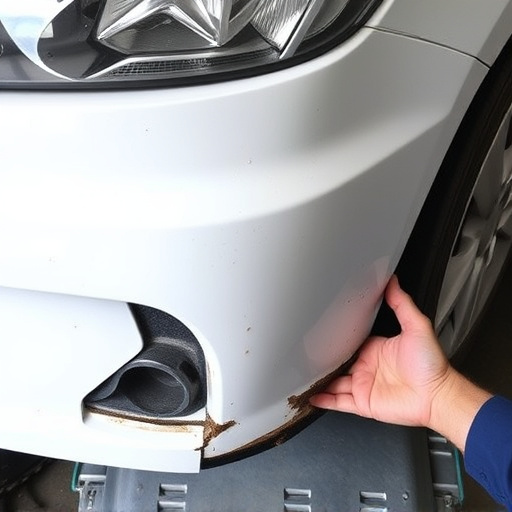Water-based auto paint regulations prioritize safety and sustainability, controlling formulation, production, and application to reduce volatile organic compounds (VOCs) and ensure durability, adhesion, and color consistency. Governments enforce these standards to minimize pollution and ecological footprints, fostering innovation in eco-friendly products. The shift towards water-based paints has driven demand from eco-conscious car owners and prompted automotive industry adaptations, offering more sustainable repair options for consumers.
In the pursuit of sustainable practices, government regulations play a pivotal role in shaping the automotive industry. This article delves into how governments worldwide are supporting and enforcing water-based auto paint regulations. By understanding these rules, we uncover the government’s commitment to environmental safety and explore their impact on both industry standards and consumer choices. From promoting eco-friendly production to reducing pollution, these measures drive a greener future for automotive coatings, ensuring a safer, more sustainable world.
- Understanding Water-Based Auto Paint Regulations
- Government's Role in Promoting Environmental Safety
- Impact on Industry and Consumer Choices
Understanding Water-Based Auto Paint Regulations

Water-based auto paint regulations are designed to ensure safety, sustainability, and quality in the automotive industry. These regulations govern the composition, manufacturing, and application of water-based paints, which have gained popularity for their reduced environmental impact and ease of use compared to traditional solvent-based formulas. Key standards include limiting volatile organic compounds (VOCs) and ensuring paint performance during both production and use, addressing concerns common in auto body shops and automotive restoration processes.
Compliance with these regulations requires manufacturers to formulate water-based paints that meet specific durability, adhesion, and color consistency criteria. This shift towards eco-friendly solutions also benefits vehicle body repair professionals by offering faster drying times, reduced odor, and easier waste management, making the transition smoother for many shops. The adoption of water-based auto paint reflects a broader trend in the industry to minimize environmental impact while maintaining high standards of automotive aesthetics and performance.
Government's Role in Promoting Environmental Safety

Governments play a pivotal role in promoting environmental safety, and this is especially evident in their efforts to regulate water-based auto paint. The adoption of water-based technologies in automotive body work has been a significant step towards reducing pollution and minimizing the ecological footprint of manufacturing processes. By implementing strict standards and guidelines, governments ensure that the production and disposal of water-based paints adhere to sustainable practices.
Through regulatory bodies, governments monitor and control the chemicals used in car bodywork repairs, promoting the use of non-toxic, low-VOC (volatile organic compound) alternatives. This not only safeguards the health of workers and consumers but also contributes to better air quality. Moreover, these regulations encourage innovation in auto body repairs, fostering the development of more environmentally friendly products and practices within the industry.
Impact on Industry and Consumer Choices

The implementation of water-based auto paint regulations has significantly transformed the automotive industry and influenced consumer choices. This shift from traditional solvent-based paints to more environmentally friendly alternatives has led to a surge in eco-conscious car owners. Water-based auto paint, known for its lower volatility organic compounds (VOCs) and reduced environmental impact, has become a preferred option for many. As a result, car repair services and fender repair shops have had to adapt to meet these new demands.
The change has prompted automotive professionals to update their tools and techniques to accommodate water-based paint technologies. This includes investing in specialized equipment for application and drying processes, ensuring proper training for technicians, and developing expertise in the unique properties of water-based paints. Consequently, consumers now have access to more sustainable car repair options while also contributing to a greener environment through these regulatory measures.
Water-based auto paint regulations, supported by governmental initiatives, play a crucial role in promoting environmental safety while also influencing industry standards and consumer choices. By understanding these regulations and their impact, we can appreciate the government’s efforts to foster a greener and more sustainable automotive landscape. This shift towards water-based paints is not just an environmental imperative but also a testament to how regulatory bodies can drive positive change in the industry.














